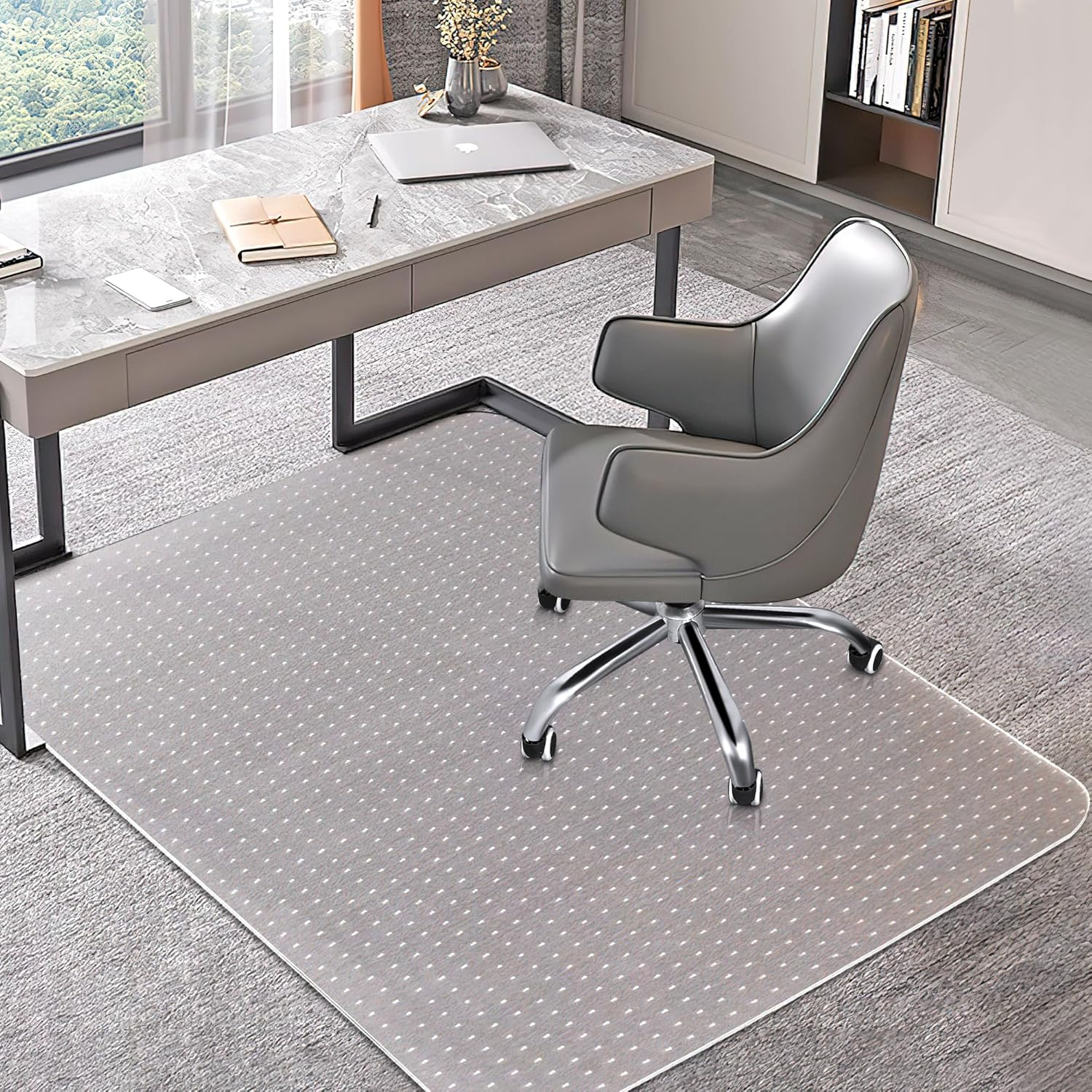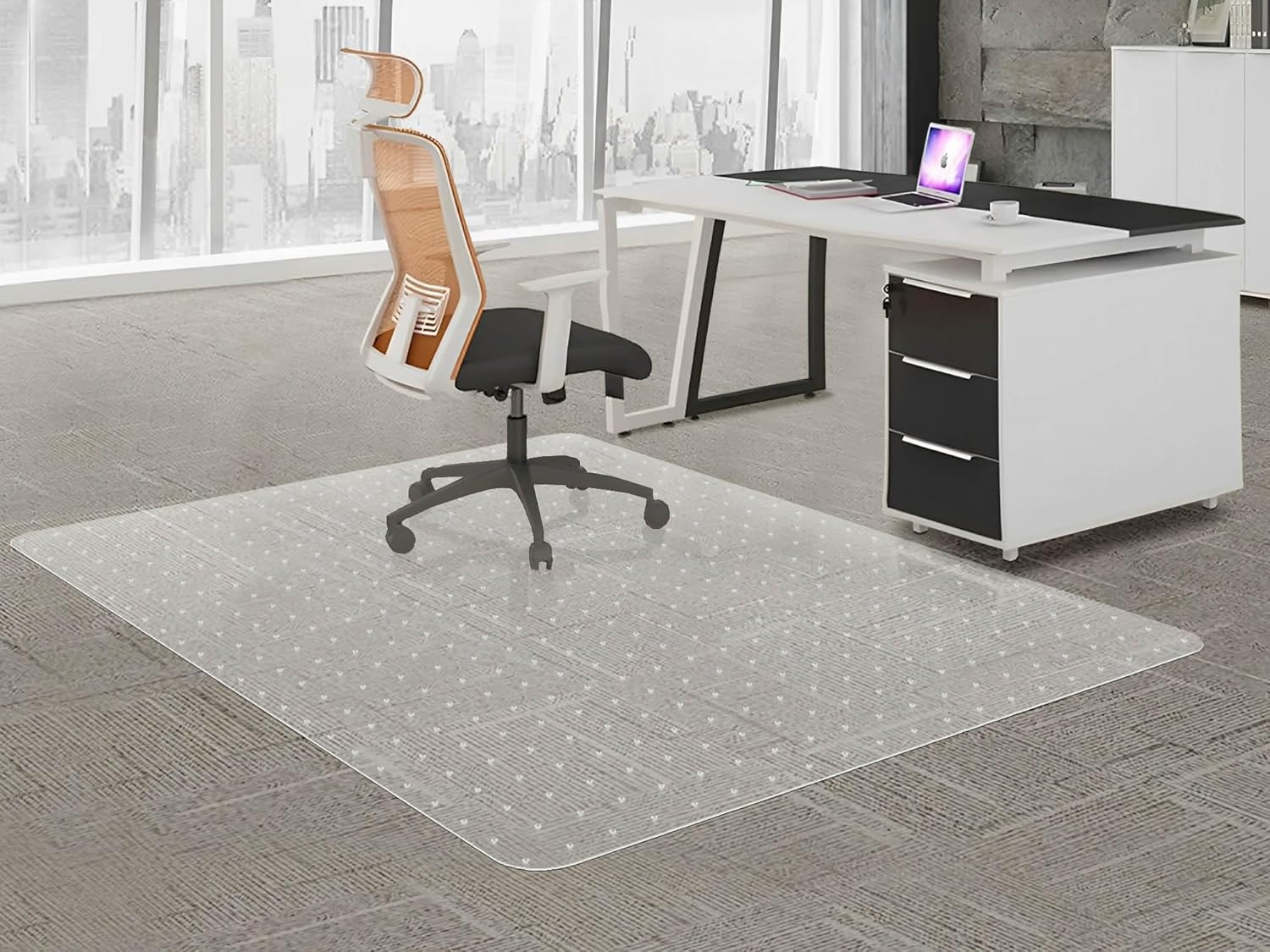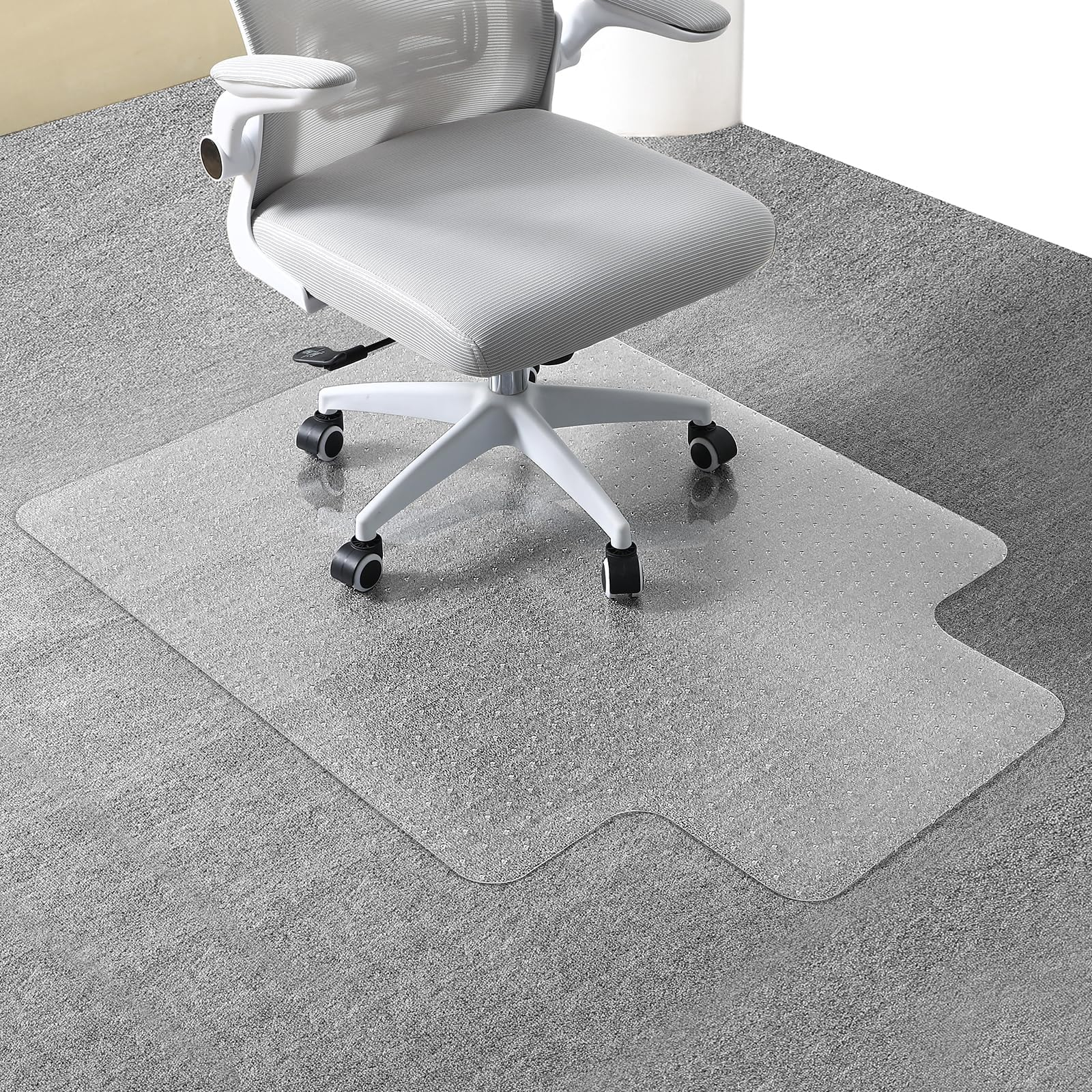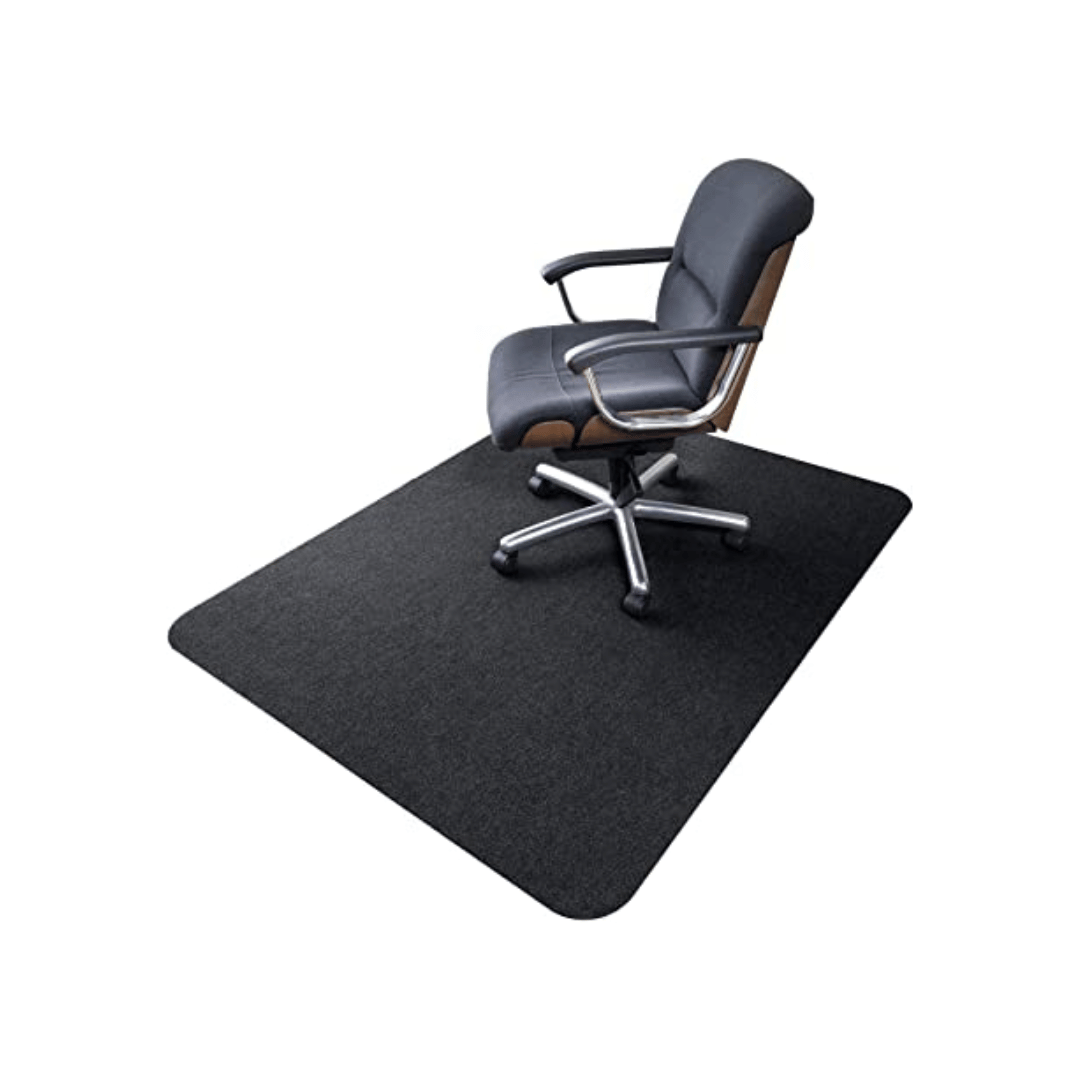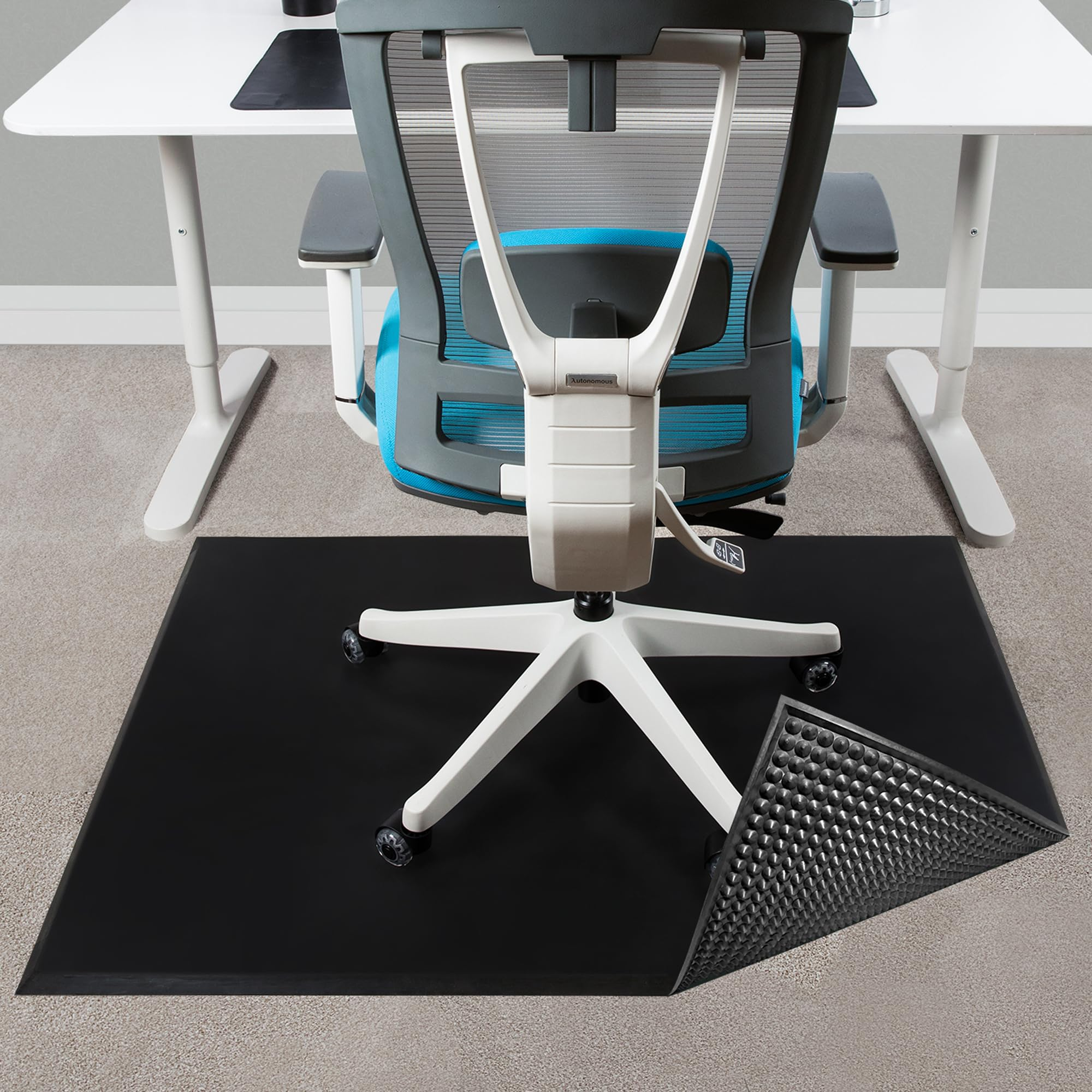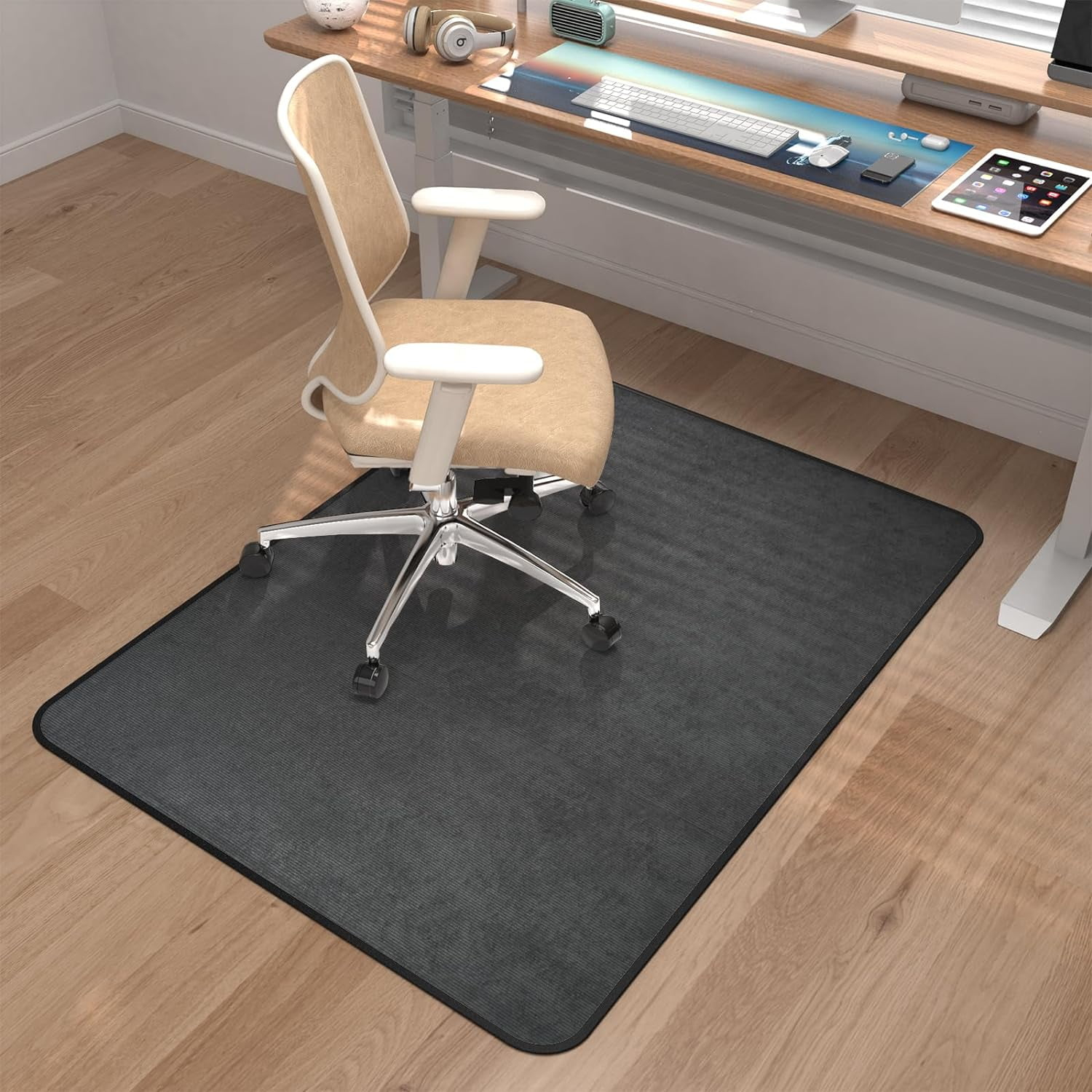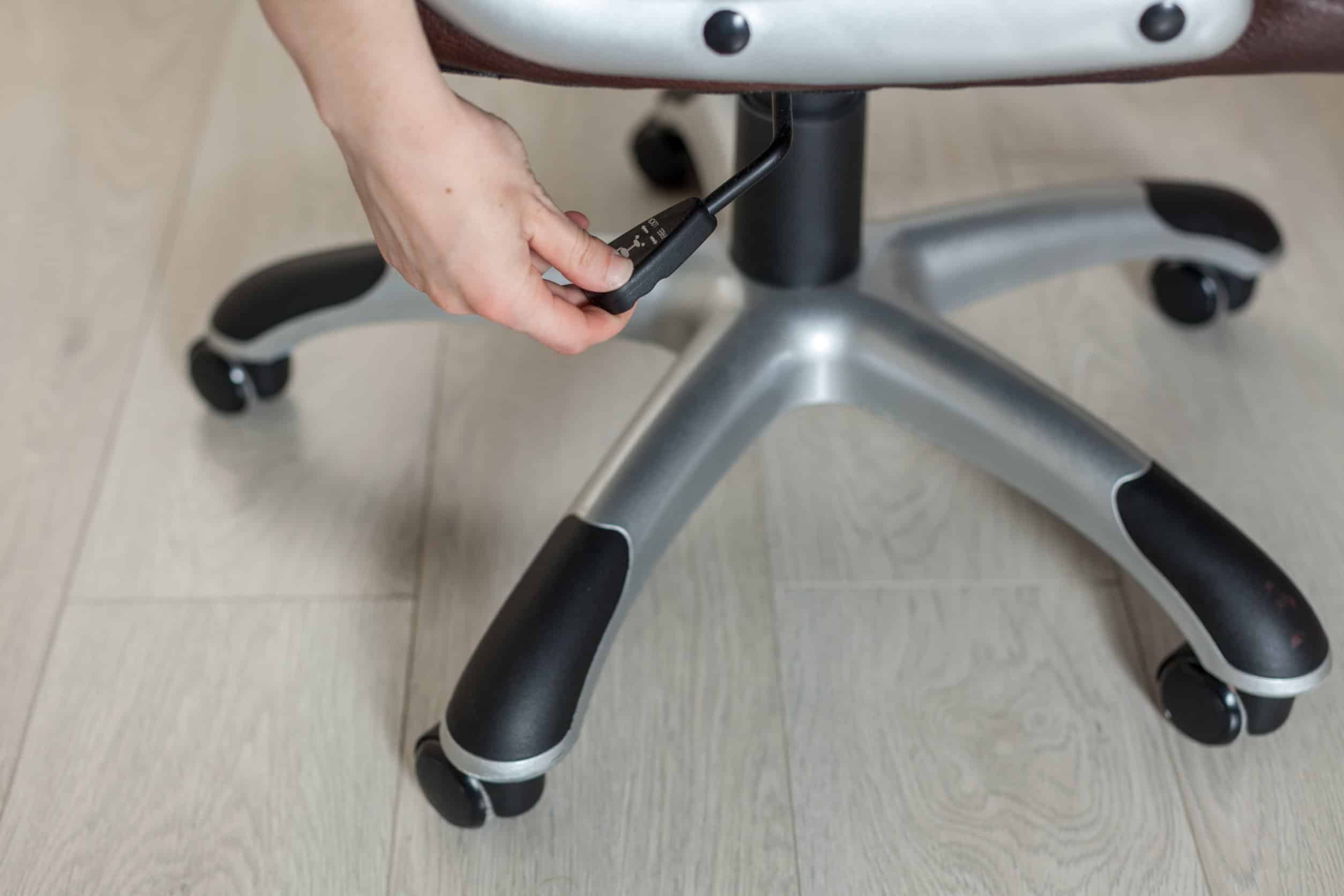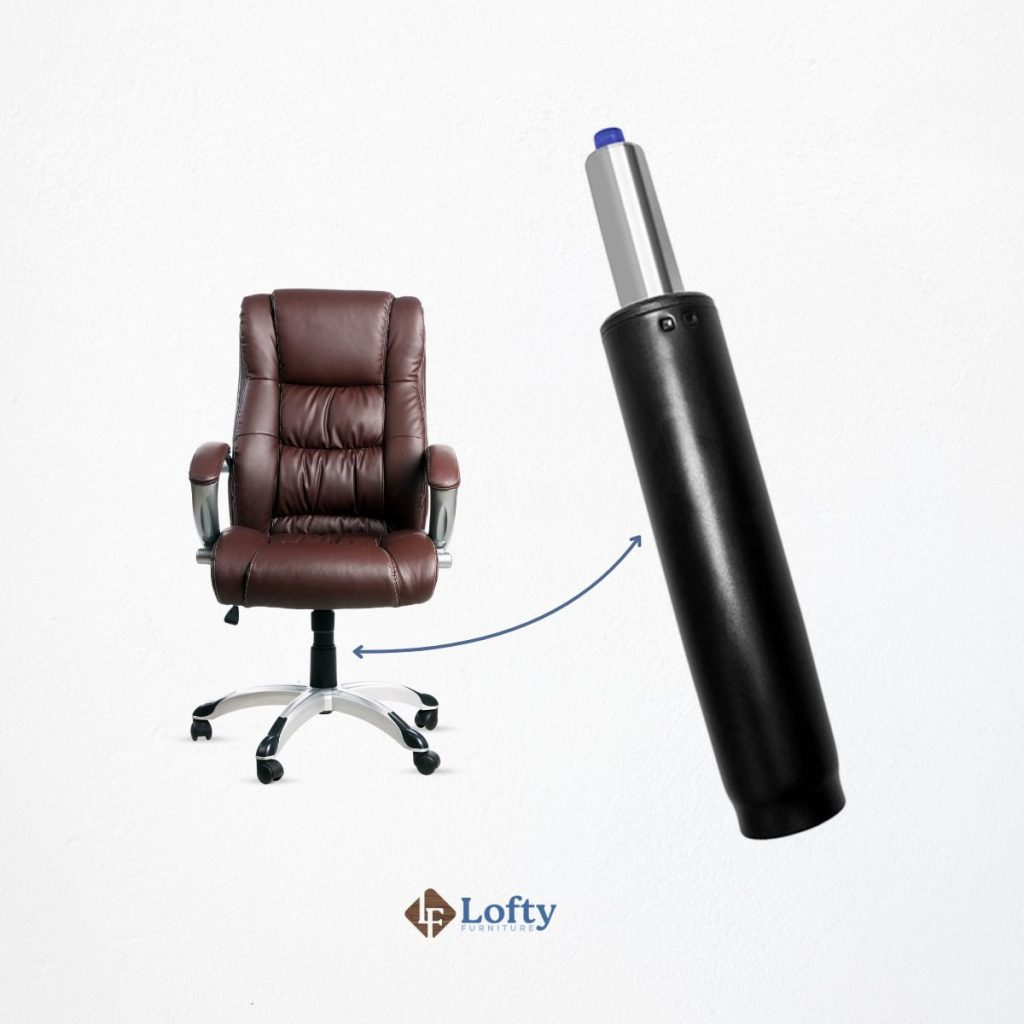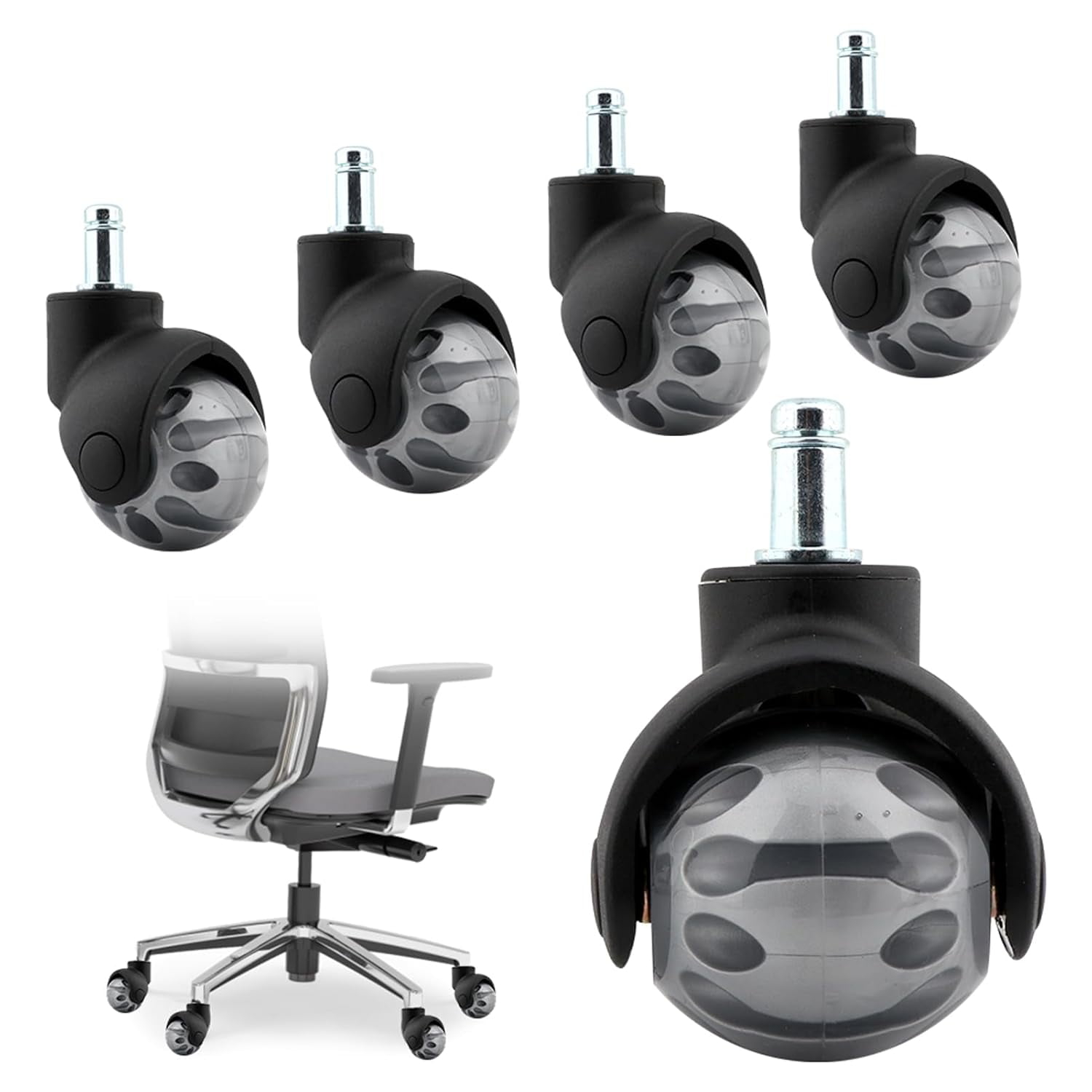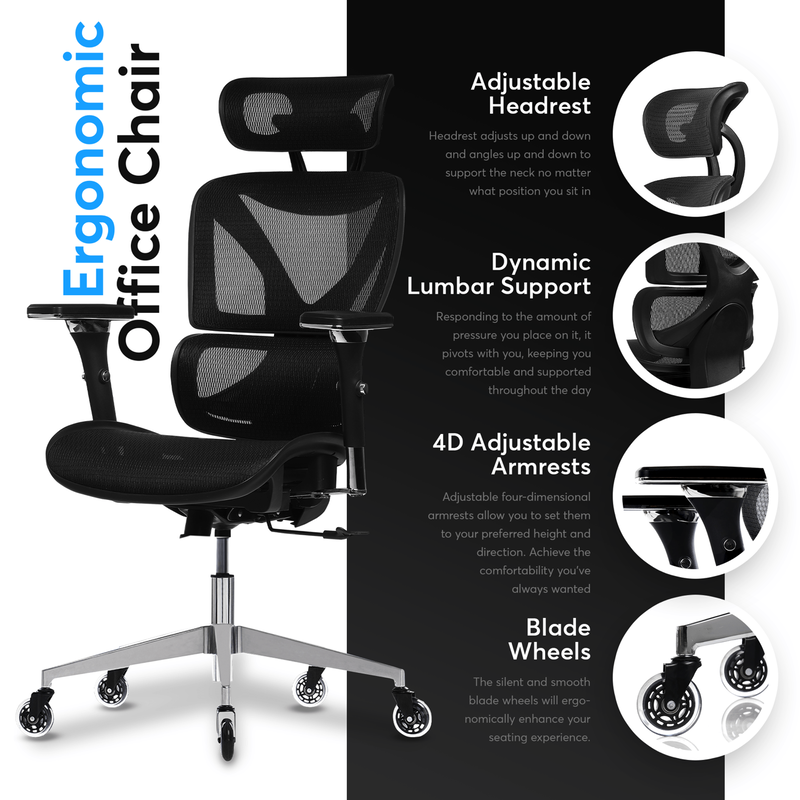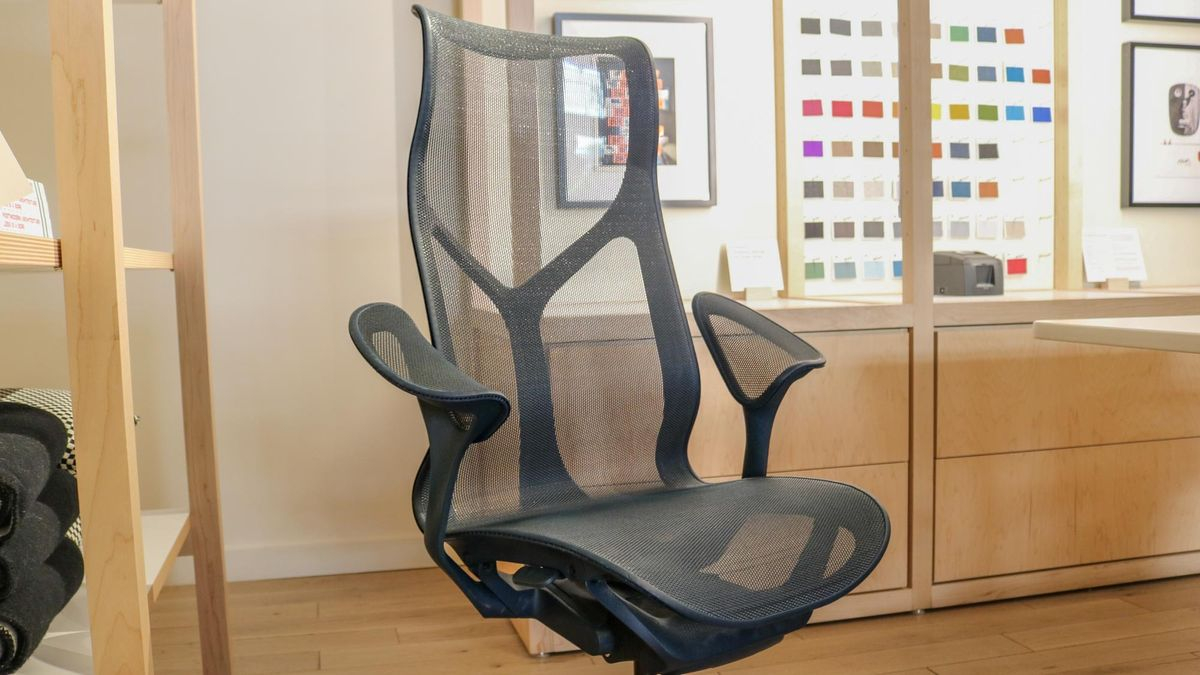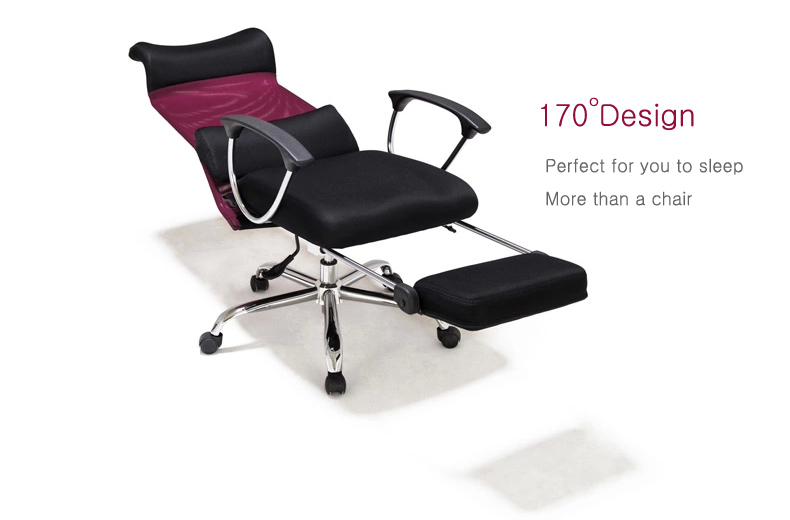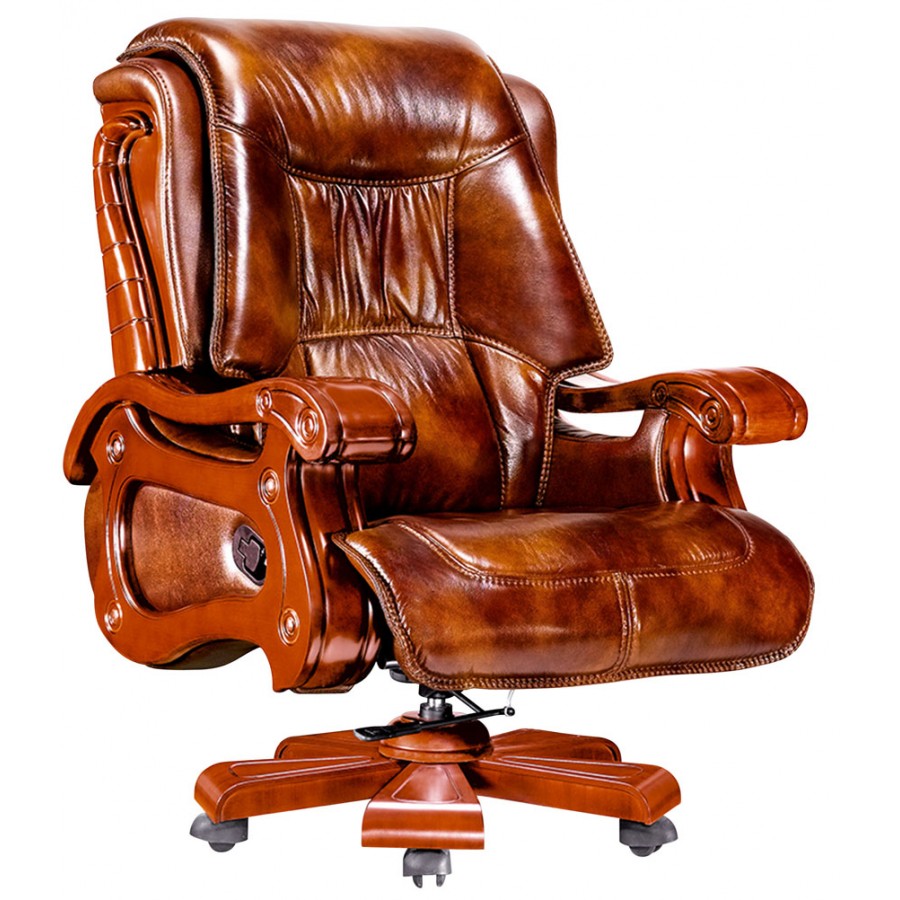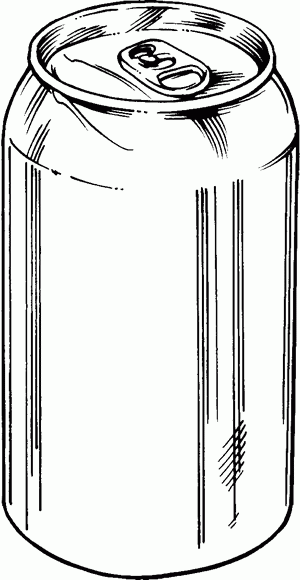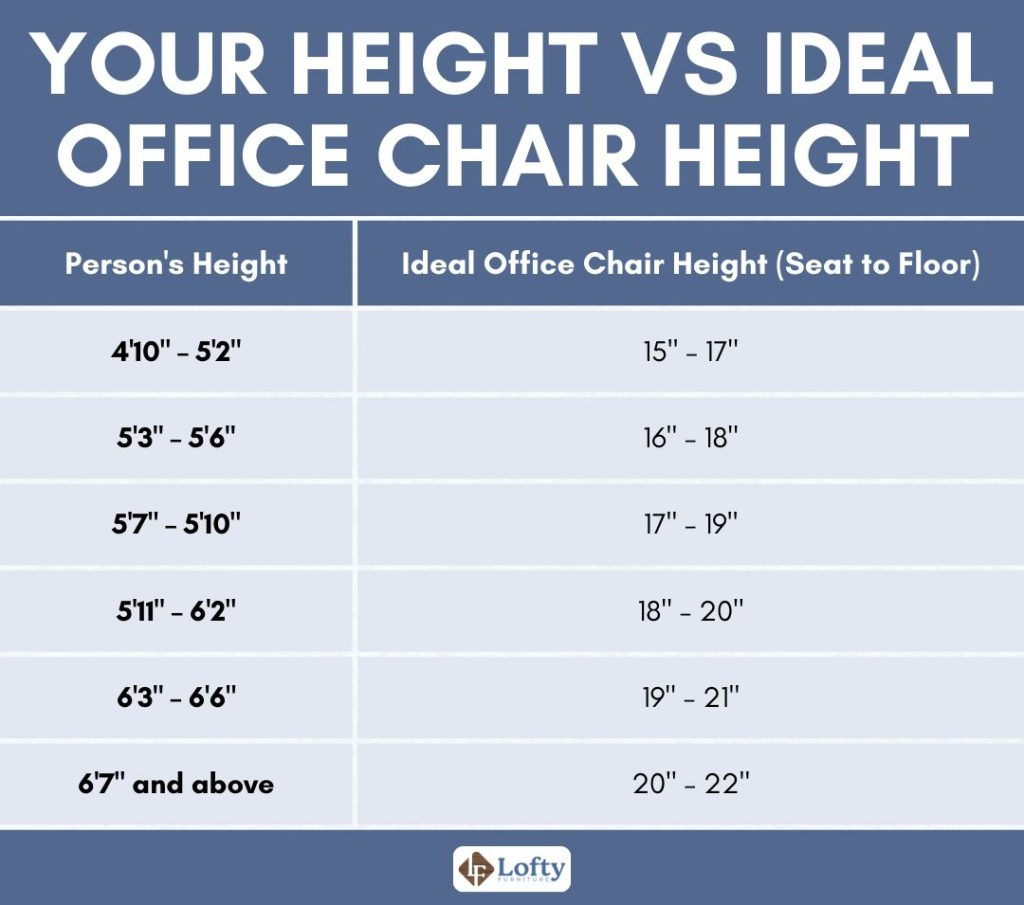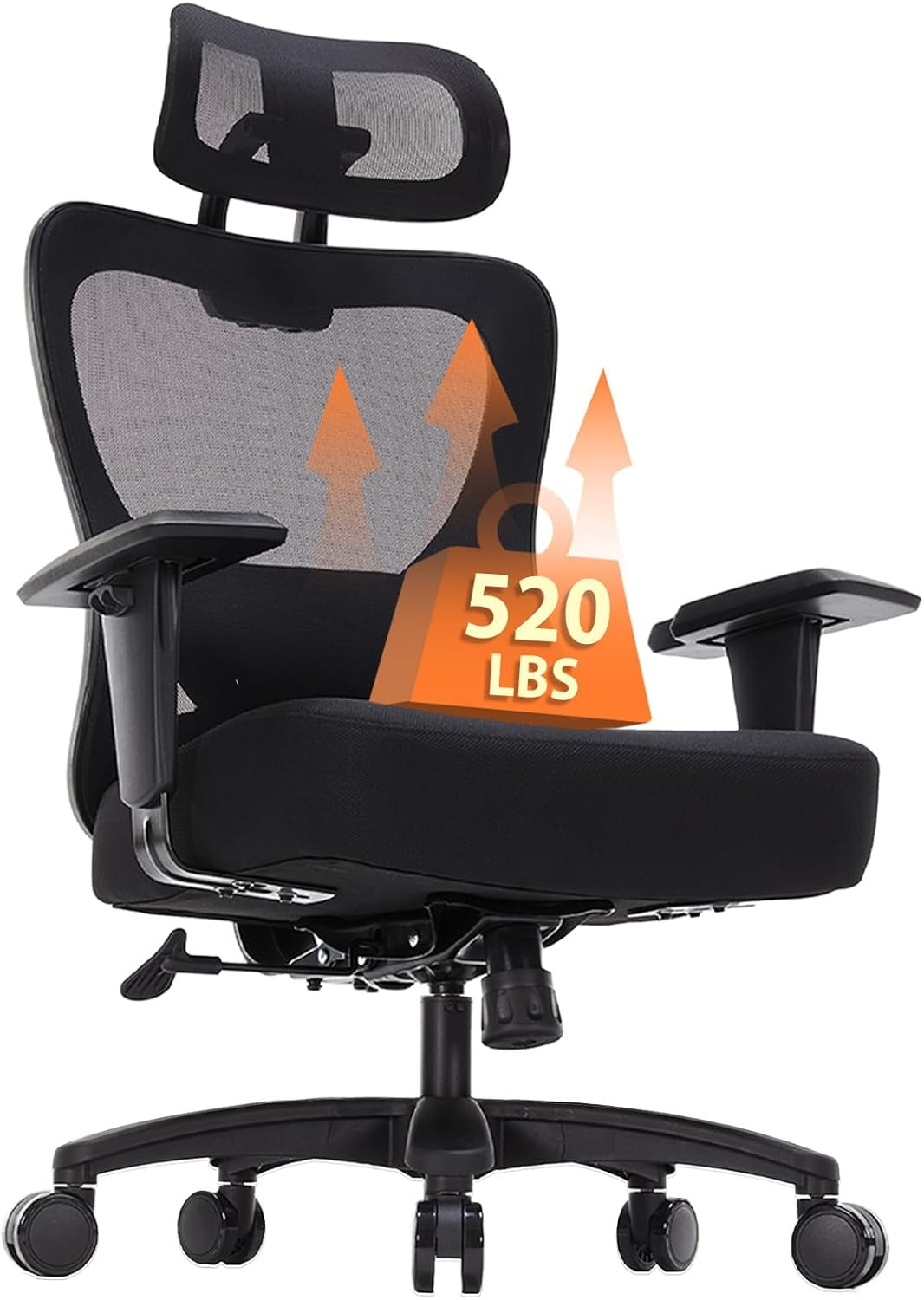Ever rolled your office chair and felt that familiar drag? Or noticed the carpet fibers around your desk looking a bit… squashed? You’re not alone. That’s where the unsung hero of office comfort and floor protection comes in: the office chair mat. But with so many options out there, how do you pick the one that’s just right for your carpet? Let’s dive in and make sense of it all.
Think of your office chair mat as a shield for your carpet. Office chairs, especially those with caster wheels, put a lot of pressure on carpet fibers. Over time, this can lead to wear and tear, flattening, and even irreparable damage. A good chair mat distributes that weight evenly, allowing your chair to glide smoothly and preventing those unsightly indentations. It’s not just about preserving your carpet; it’s about making your workday more comfortable and efficient. No more wrestling with your chair to move a few inches! Plus, it makes cleaning up spills or dust bunnies around your desk a whole lot easier. So, why a mat specifically for carpets? Because carpet is different. It needs a mat with features that can handle its unique texture and density.
Understanding Carpet Types and Mat Needs
The first crucial step is knowing what kind of carpet you have. Is it a plush, high-pile carpet that feels like walking on clouds? Or is it a low-pile, berber style, maybe even a commercial-grade carpet? This really matters because a mat designed for a thin, low-pile carpet might sink into a thicker, plusher one, becoming ineffective or even a tripping hazard. Generally, carpets are categorized by pile height and density:
- Low-Pile Carpet: These have shorter, less dense fibers. Most standard office chair mats with small, gripping cleats or a smooth underside work well here.
- Medium-Pile Carpet: A bit more cushioning and height. You’ll want a mat with slightly longer cleats to anchor it securely without damaging the fibers.
- High-Pile Carpet: Think thick, luxurious carpets. These require specialized mats with longer, more robust cleats designed to penetrate the fibers and prevent the mat from sinking. Sometimes, flat chair mats with a special grippy backing are also an option, but cleated ones are usually preferred for stability.
Don’t forget to consider the density, too. A dense carpet might need a sturdier mat, even if the pile height is moderate.
Materials Matter: What Are Mats Made Of?
Chair mats aren’t just one-size-fits-all in terms of material. The most common ones you’ll encounter are:
- Polycarbonate: This is a top-tier choice. It’s incredibly durable, resists cracking and chipping, and is often clear, allowing your carpet’s color to show through. Polycarbonate mats are also generally odorless and don’t emit harmful VOCs (volatile organic compounds), which is a big plus for indoor air quality. They tend to be more expensive, but their longevity often justifies the cost.
- PVC (Polyvinyl Chloride): A more budget-friendly option than polycarbonate. PVC mats are flexible and lightweight. However, they can sometimes have a strong plastic odor, especially when new, and they might become brittle and crack over time, particularly in colder temperatures. They can also yellow or fade with prolonged sun exposure.
- PET (Polyethylene Terephthalate): Often made from recycled plastic bottles, PET mats are an eco-friendlier choice. They are typically semi-clear or have a slight tint. While durable, they might not be as rigid or long-lasting as polycarbonate.
When choosing, think about your priorities: budget, longevity, environmental impact, and whether you want a clear mat or if a colored one is acceptable.
Cleats vs. Smooth Underside: Making the Right Choice
This is a really important distinction, especially for carpet mats. The underside of the mat is what grips your carpet.
- Cleated Underside: These mats have small, pointed projections (cleats) on the bottom. They are designed to dig slightly into the carpet fibers, anchoring the mat securely and preventing it from sliding around. This is generally the preferred option for most carpet types, especially medium and high pile. However, you need to be mindful of the cleat length. For very low-pile carpets, long cleats might actually damage the fibers or the carpet backing. For high-pile carpets, you need longer, more robust cleats to get a good grip.
- Smooth Underside: These mats have a flat, smooth underside, often with a special grippy coating or pattern. They are typically recommended for hard floors like wood or tile. For carpets, smooth-bottomed mats are usually only suitable for very low-pile, tightly woven carpets where cleats aren’t necessary and might even cause damage. They can also be an option for extremely thick, plush carpets where cleats might not be able to penetrate effectively, but even then, stability can be an issue.
Always check the manufacturer’s recommendations for pile height compatibility. Using the wrong type can lead to an unstable surface or damage to your flooring.
Size and Shape Considerations
Don’t just grab the first mat you see. Think about how you use your space. How much do you move around? Do you often lean back or shift your chair to reach different areas of your desk?
- Standard Rectangular Mats: These are the most common and usually measure around 36 x 46 inches or 46 x 60 inches. They provide a good surface area for typical desk work.
- Executive/Larger Mats: If you have a larger desk, move around a lot, or want more coverage, consider larger options. These can extend further under your desk, offering protection even when you’re positioned further back.
- Shape: While most are rectangular, some come with a lip that extends under the front of your desk. This is helpful if you tend to roll your chair forward to get closer to your work.
Measure the area where you’ll place the mat, considering the space your chair needs to move in all directions. It’s better to have a little too much coverage than not enough. You wouldn’t want your chair wheels rolling off the edge onto your precious carpet, would you?
Beyond the Basics: Features to Look For
While material, size, and cleat type are primary, a few other features can enhance your experience:
- Beveled Edges: Many higher-quality mats feature a beveled edge. This creates a gentle slope from the floor to the mat, making it easier to transition your chair onto and off the mat and reducing the trip hazard.
- Odor and VOCs: As mentioned, some materials like PVC can off-gas unpleasant odors and chemicals. If you’re sensitive to smells or concerned about indoor air quality, opt for polycarbonate or PET mats that are certified as low-VOC or odorless.
- Transparency/Color: Do you want your carpet’s color to show through? Clear mats are popular for this. Alternatively, some people prefer a tinted or colored mat that complements their office decor. Just be aware that very clear PVC mats can sometimes develop a yellowish tint over time.
- Durability and Warranty: A good mat should last for years. Check for warranties against cracking or breaking, which can be a sign of a quality product. For instance, a 5-year or even a lifetime warranty often indicates confidence from the manufacturer in their product’s resilience.
Installation and Maintenance Tips
Getting your mat ready is simple, but a few tips can help:
- Placement: Unroll the mat and let it lay flat for a while, especially if it arrived rolled. Sometimes, placing heavy books on the corners can help it flatten out completely. If it’s a cleated mat, position it carefully so the cleats align with your carpet fibers. Press down firmly to engage the cleats.
- Cleaning: Most mats can be cleaned with mild soap and water. A damp cloth usually does the trick. For tougher grime, a gentle cleaner and a soft brush might be needed. Avoid harsh chemicals or abrasive cleaners that could damage the material.
- Checking for Wear: Periodically inspect your mat for any signs of cracking, chipping, or excessive scratching. If the cleats become damaged or worn down, it might be time for a replacement to ensure continued protection and stability.
Taking good care of your mat means it will continue to take good care of your carpet for a long time to come.
So, choosing the right office chair mat for your carpet boils down to understanding your carpet type, considering the materials and features that best suit your needs, and selecting the appropriate size and shape. It’s an investment in protecting your flooring, enhancing your comfort, and improving the overall functionality of your workspace. Don’t overlook this simple yet effective solution. A little research now can save you a lot of hassle and expense down the road. Happy rolling!

